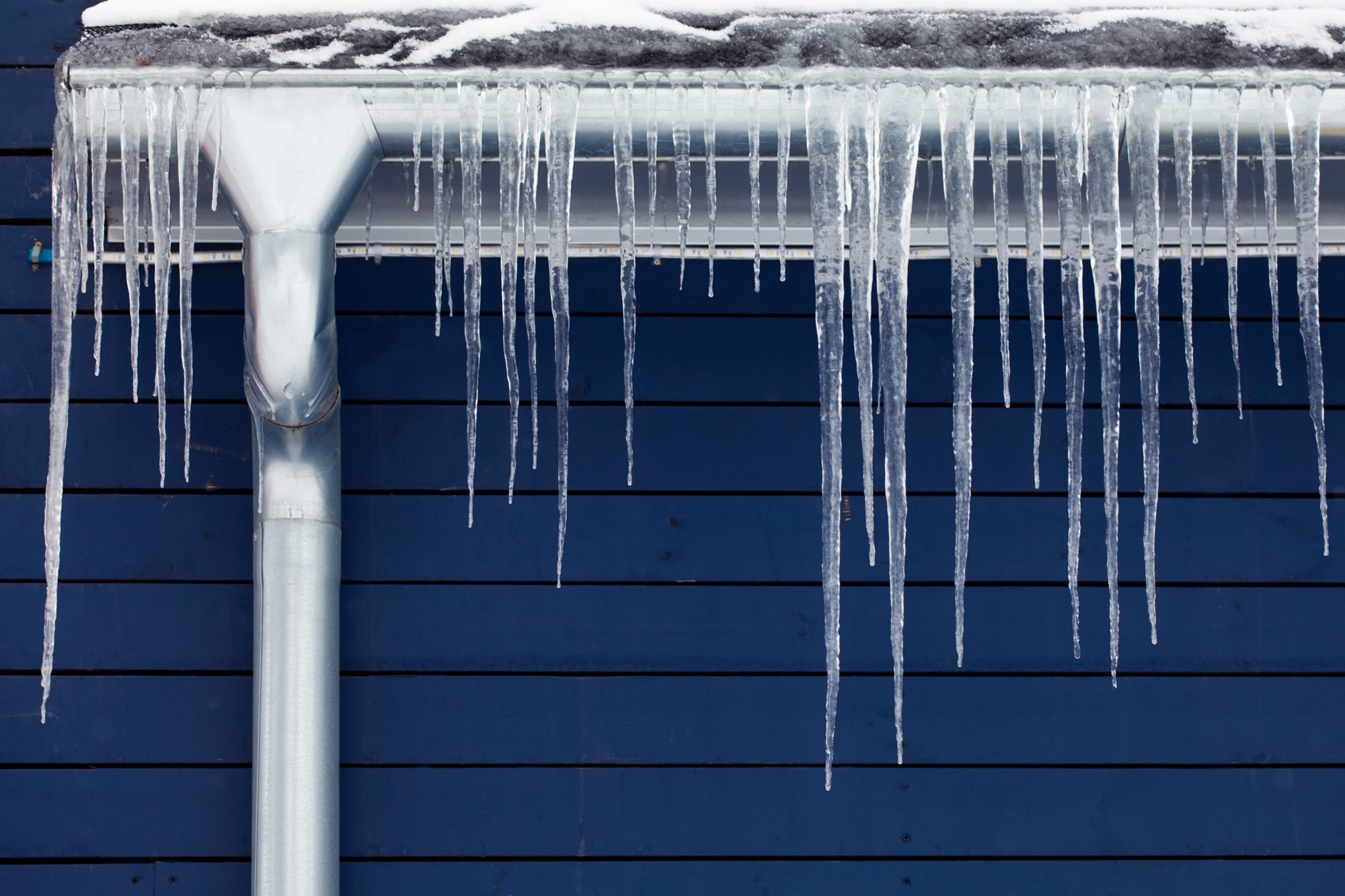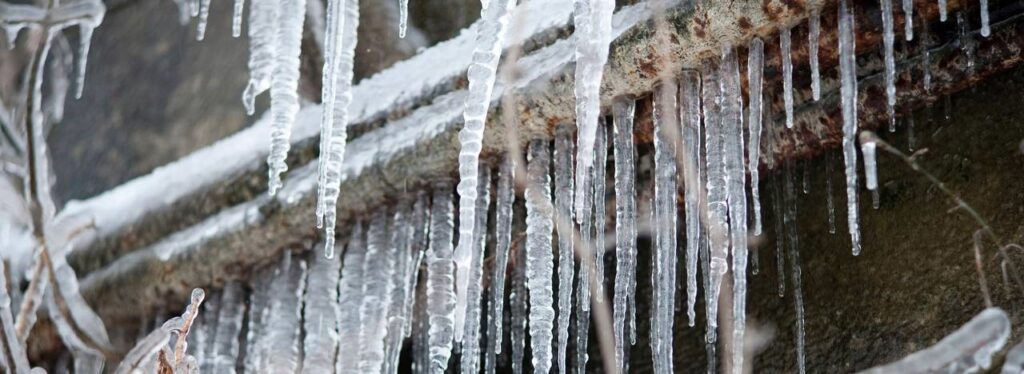They are making a number of good pointers relating to Preventing and dealing with frozen pipes as a whole in this content down below.

Cold weather can damage your plumbing, particularly by freezing pipes. Below's exactly how to avoid it from taking place and what to do if it does.
Introduction
As temperature levels drop, the threat of frozen pipes rises, potentially bring about costly repair work and water damages. Recognizing just how to avoid frozen pipes is vital for homeowners in cold climates.
Recognizing Frozen Pipelines
What triggers pipes to freeze?
Pipes freeze when revealed to temperatures listed below 32 ° F (0 ° C) for prolonged periods. As water inside the pipes freezes, it increases, taxing the pipeline walls and potentially creating them to burst.
Risks and damages
Icy pipelines can bring about water interruptions, property damages, and expensive repair work. Burst pipelines can flood homes and trigger considerable structural damages.
Indicators of Frozen Pipes
Determining icy pipes early can avoid them from breaking.
Just how to identify icy pipes
Try to find lowered water flow from faucets, unusual smells or sounds from pipes, and visible frost on exposed pipelines.
Prevention Tips
Shielding susceptible pipes
Wrap pipelines in insulation sleeves or utilize heat tape to safeguard them from freezing temperature levels. Focus on pipelines in unheated or external areas of the home.
Home heating strategies
Maintain indoor spaces sufficiently heated, specifically areas with pipes. Open closet doors to enable cozy air to distribute around pipelines under sinks.
Protecting Outdoor Plumbing
Garden pipes and exterior faucets
Detach and drain pipes garden pipes before winter. Set up frost-proof faucets or cover exterior faucets with protected caps.
What to Do If Your Pipelines Freeze
Immediate actions to take
If you believe frozen pipelines, maintain taps available to relieve pressure as the ice thaws. Use a hairdryer or towels taken in hot water to thaw pipelines gradually.
Long-Term Solutions
Architectural modifications
Consider rerouting pipelines away from outside walls or unheated areas. Add additional insulation to attic rooms, cellars, and crawl spaces.
Updating insulation
Invest in high-grade insulation for pipelines, attics, and walls. Proper insulation assists maintain constant temperature levels and minimizes the risk of icy pipelines.
Verdict
Stopping frozen pipelines calls for proactive procedures and fast responses. By recognizing the causes, indicators, and safety nets, home owners can safeguard their plumbing throughout cold weather.
5 Ways to Prevent Frozen Pipes
Drain Outdoor Faucets and Disconnect Hoses
First, close the shut-off valve that controls the flow of water in the pipe to your outdoor faucet. Then, head outside to disconnect and drain your hose and open the outdoor faucet to allow the water to completely drain out of the line. Turn off the faucet when done. Finally, head back to the shut-off valve and drain the remaining water inside the pipe into a bucket or container. Additionally, if you have a home irrigation system, you should consider hiring an expert to clear the system of water each year.
Insulate Pipes
One of the best and most cost-effective methods for preventing frozen water pipes is to wrap your pipes with insulation. This is especially important for areas in your home that aren’t exposed to heat, such as an attic. We suggest using foam sleeves, which can typically be found at your local hardware store.
Keep Heat Running at 65
Your pipes are located inside your walls, and the temperature there is much colder than the rest of the house. To prevent your pipes from freezing, The Insurance Information Institute suggests that you keep your home heated to at least 65 degrees, even when traveling. You may want to invest in smart devices that can keep an eye on the temperature in your home while you’re away.
Leave Water Dripping
Moving water — even a small trickle — can prevent ice from forming inside your pipes. When freezing temps are imminent, start a drip of water from all faucets that serve exposed pipes. Leaving a few faucets running will also help relieve pressure inside the pipes and help prevent a rupture if the water inside freezes.
Open Cupboard Doors
Warm your kitchen and bathroom pipes by opening cupboards and vanities. You should also leave your interior doors ajar to help warm air circulate evenly throughout your home.

Do you appreciate reading up on Helpful Tips to Prevent Frozen Pipes this Winter? Try leaving a comment further down. We would be pleased to hear your views about this article. In hopes that you visit us again in the future. Please take the time to distribute this write-up if you enjoyed it. Thanks for going through it.
Get An Estimate